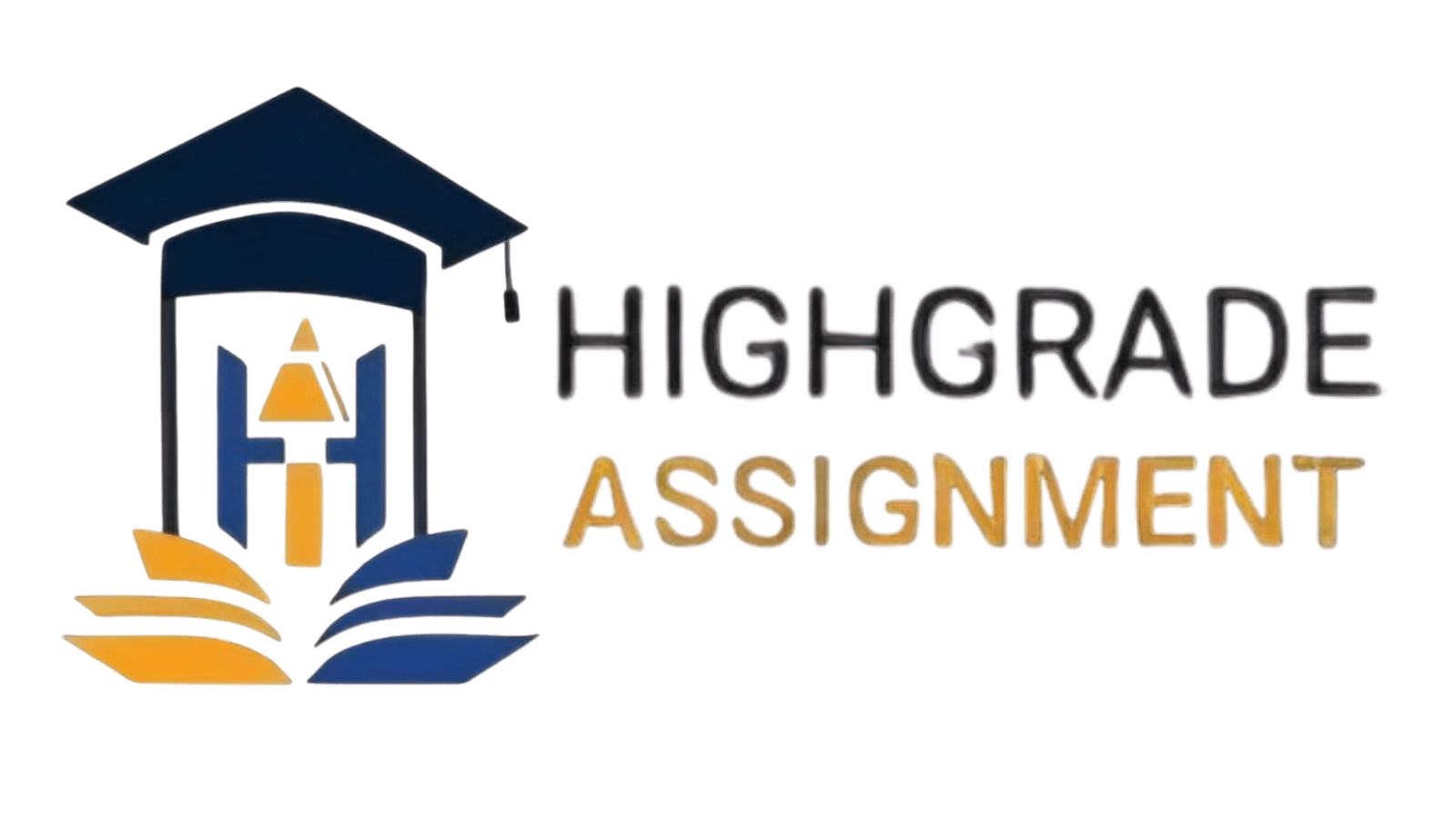Assignments play a crucial role in education and work environments but what is assignment? They serve as tools for evaluating skills, knowledge, and progress, helping both students and professionals develop critical thinking and practical application abilities. This article delves into the definition, types, and historical evolution of assignments, highlighting their purpose and relevance in today’s learning landscape.
What is an Assignment?
An assignment is a task or project given by educators, supervisors, or employers to be completed within a certain timeframe. Assignments are designed to test a person’s understanding of a topic, their ability to apply knowledge, and their analytical skills. In educational settings, assignments are commonly used for assessing students’ academic growth, while in workplaces, assignments help gauge employees’ competency and expertise.
Purpose of Assignments

Assignments are not just exercises in repetition; they are structured to help individuals practice and enhance their problem-solving skills. For students, assignments serve as a means of reinforcing lessons, encouraging independent study, and promoting active learning. For professionals, assignments facilitate skill refinement, ensuring they can manage real-world tasks effectively.
Components of a Good Assignment

A well-designed assignment includes clear instructions, objectives, evaluation criteria, and a timeframe. Clear instructions prevent misunderstandings, while objectives provide insight into what the assignment aims to achieve. Evaluation criteria ensure that individuals understand how their work will be assessed, making it easier for them to meet expectations.
Benefits of Assignments
Assignments aid in developing various skills, such as time management, research proficiency, and writing skills. By completing assignments, individuals learn to gather information, structure their thoughts, and present ideas in a coherent manner. This systematic approach contributes to academic and professional growth.
Different Types of Assignments
Assignments come in various forms, each tailored to serve specific learning outcomes. Here are some commonly recognized types of assignments:
1. Essays
Essays are written pieces where students express their thoughts on a particular subject. They encourage critical thinking and provide an opportunity to explore topics in depth.
Types of Essays
Essays can range from descriptive, narrative, and expository to argumentative essays. Each type serves a different purpose and requires a unique writing style.
Structure of an Essay
An essay typically includes an introduction, body paragraphs, and a conclusion, with each section contributing to a cohesive argument or narrative.
Importance of Essays
Essays help students organize their ideas and develop analytical skills, which are essential for both academic and real-world applications.
2. Research Papers
Research papers require individuals to investigate a topic, analyze findings, and present conclusions. They are more in-depth than essays and demand rigorous research.
Types of Research Papers
Research papers can be classified into argumentative, analytical, and interpretative papers, depending on the approach and purpose.
Steps in Writing a Research Paper
Key steps include topic selection, data collection, analysis, and drafting the paper. Each step requires meticulous planning to ensure the paper meets academic standards.
Role of Research Papers in Academics
Research papers allow students to delve into specific topics, enhance research skills, and contribute original ideas to their fields of study.
3. Case Studies
A case study analyzes a real-world situation to draw insights or solve a problem. It is often used in fields like business, law, and medicine.
Components of a Case Study
Case studies include background information, the problem statement, analysis, and recommendations, making them comprehensive evaluations of specific scenarios.
How to Conduct a Case Study
Conducting a case study involves identifying a case, collecting data, analyzing findings, and drawing conclusions.
Benefits of Case Studies
Case studies foster critical thinking and problem-solving abilities, allowing students and professionals to apply theoretical knowledge to real situations.
4. Lab Reports
Lab reports document the procedures, observations, and outcomes of an experiment. They are common in science-related fields and are crucial for demonstrating scientific understanding.
Format of a Lab Report
Lab reports generally include an introduction, methods, results, and a conclusion, with each section detailing specific aspects of the experiment.
Purpose of Lab Reports
Lab reports aim to present scientific experiments in a systematic manner, allowing others to replicate findings and verify results.
Skills Gained from Lab Reports
By writing lab reports, individuals improve their ability to observe, analyze, and communicate scientific data effectively.
5. Presentations
Presentations involve delivering information on a topic to an audience. They are used both in classrooms and workplaces for conveying complex information clearly.
Preparing a Presentation
Preparation involves selecting a topic, organizing content, and practicing delivery. Visual aids like slides enhance audience engagement.
Presentation Techniques
Effective presentation techniques include clear speech, eye contact, and the use of visual aids, all of which help in conveying the message.
Advantages of Presentations
Presentations help in honing public speaking skills, boosting confidence, and refining the ability to summarize information effectively.
6. Portfolios
A portfolio is a collection of work that showcases skills, achievements, and progress over time. It is often used for self-reflection and personal development.
Types of Portfolios
Portfolios may include academic, professional, and creative portfolios, each serving different purposes and audiences.
Components of a Portfolio
A portfolio typically includes an introduction, work samples, and reflections, providing a comprehensive overview of a person’s accomplishments.
Importance of Portfolios
Portfolios help individuals assess their growth and are often used for job applications, admissions, and performance evaluations.
7. Reports
Reports are structured documents that present information clearly and concisely. They are commonly used in academic and professional settings.
Types of Reports
Reports can be categorized into business, technical, and scientific reports, each tailored to specific audiences and purposes.
Structure of a Report
Reports usually consist of an introduction, body, and conclusion, with each section organized to communicate information effectively.
Purpose of Reports
Reports aim to inform readers by providing data-driven insights, enabling them to make informed decisions.
8. Reflections
Reflective assignments require individuals to analyze their own experiences and thoughts, promoting self-awareness and personal growth.
Types of Reflective Assignments
Reflective assignments may involve journal entries, diaries, and personal essays, each encouraging introspection and self-evaluation.
Writing a Reflective Piece
Writing reflection requires honesty and an ability to connect experiences to learning outcomes, fostering a deeper understanding of personal growth.
Benefits of Reflection
Reflective assignments promote self-awareness and encourage individuals to think critically about their experiences, leading to personal development.
9. Group Projects
Group projects involve collaborative work to achieve a shared goal. They are used to teach teamwork and project management skills.
Roles in Group Projects
Each member typically has a specific role, such as researcher, writer, or presenter, which contributes to the project’s success.
Challenges in Group Projects
Group projects require effective communication and conflict resolution skills, as members must coordinate efforts to meet objectives.
Learning Outcomes from Group Projects
Group projects build collaborative skills, which are essential for success in both academic and professional environments.
10. Problem Sets
Problem sets consist of questions or problems designed to test understanding and application of concepts, often in mathematics and science fields.
Structure of Problem Sets
Problem sets are usually structured around specific topics, providing a series of questions that encourage problem-solving.
Importance of Problem Sets
Problem sets reinforce understanding by requiring individuals to apply theoretical concepts to practical problems.
Skills Developed through Problem Sets
Problem sets enhance analytical and logical reasoning skills, preparing individuals for complex problem-solving tasks.
Historical Background of Assignments

Assignments have evolved significantly over time, adapting to changes in educational systems and teaching methodologies.
Early Forms of Assignments
In ancient education systems, assignments were often oral exercises or memorization tasks. The focus was on rote learning, with little emphasis on creativity or critical thinking.
The Evolution of Written Assignments
The introduction of written assignments allowed for greater depth in learning. Essays and research papers became prominent, promoting analytical and written communication skills.
Modern-Day Assignments
Today, assignments are diverse and interactive, incorporating digital tools and multimedia. They encourage independent learning, creativity, and critical analysis, aligning with modern educational goals.
Conclusion
Assignments are a fundamental aspect of education and professional development. By understanding their different types and historical evolution, individuals can appreciate the role assignments play in shaping knowledge, skills, and personal growth. Whether it’s through essays, reports, or projects, assignments continue to serve as valuable tools for learning and assessment.
FAQs Related To Assignment
What is the purpose of an assignment?
How many types of assignments are there?
Why are essays a common form of assignment?
What’s the difference between a report and a research paper?
Why are group projects important?
Read More: How to Write an Assignment In 2024
